Whether among hunters and gatherers or shepherds and farmers, Canis lupus familiaris, the “tame wolf with family ties” or “domestic dog,” has established itself worldwide as a cultural companion since early times and was already widespread in the Levant and the Near East in antiquity.
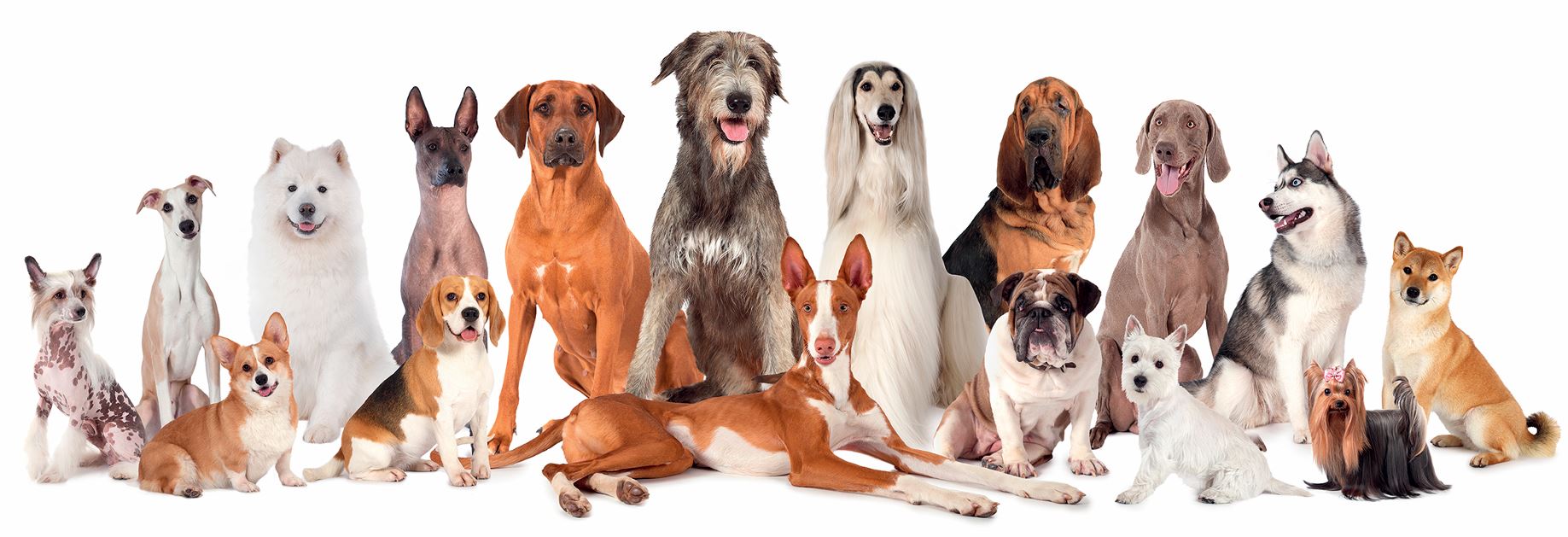
While in Northern and Central Europe, the dog enjoys a fairly good reputation and is even considered “man’s best friend,” no animal is more negatively connoted in the Bible. It has been suggested that this contrast arises because the Bible refers to stray and feral dogs. This may be largely accurate. Another explanation is that breeding efforts over the centuries have produced breeds that differ significantly from the keleb (Hebrew) and kyon (Greek) of antiquity. Moreover, our (Western) perception is by no means representative. Currently, about half a billion dogs live on Earth, of which only a quarter are kept as “pets” under the care of their owners. The other 75% are a scourge of stray, cheeky, yapping, feral, and mangy dogs that reproduce uncontrollably and are mercilessly shot, poisoned, and gassed in many countries to protect people, wildlife, and livestock. After snakes, dogs are now the vertebrates that kill the most people per year.
Another term that appears is kynarion, the diminutive form of kyon: “It is not right to take the children’s bread and throw it to the little dogs” (Mat 15:26, cf. Mk 7:27). Some have speculated that this was an even more contemptuous expression than “dog” already was. However, this seems unlikely. It is more plausible (and supported by extrabiblical sources) that this refers to household dogs (indoor dogs, lapdogs) as opposed to street and yard dogs.

In Jewish culture, keeping dogs or pigs under the same roof was unthinkable, whereas in pagan Syrophoenicia, it was common. The “New Evangelistic Translation” takes this into account: “It is not right to take the children’s bread and throw it to the household dogs” (Mat 15:26). In her response, the woman accepts the Lord’s comparison and her humble role in it: “She said, ‘Yes, Lord; yet even the dogs eat the crumbs that fall from their masters’ table'” (Mat 15:27). Her faith is expressed in her complete conviction of His omnipotence. She says, in other words: “Lord, you can heal my daughter – it costs you nothing. Consider it like table scraps: no one gets less if the dog enjoys them.” She is right and probably does not yet suspect that God’s way would soon reveal itself to be much greater when the Gentile nations are invited through the gospel (from Acts 10:45): “For there is no distinction between Jew and Greek; for the same Lord is Lord of all, bestowing his riches on all who call on him” (Rom 10:12). Even though the Lord Jesus does not reveal this prematurely at this point, He rejoices in her humility and praises her faith!
Those who compare the breeds of domestic dogs with their wild ancestors will quickly notice that most dogs have indeed become “little dogs.” Although many breeds are genetically degenerated and no longer viable outside human dwellings, everything previously said about the physical characteristics and sensory abilities of the wolf essentially applies to them as well. Since both forms and all breeds can, in principle, be interbred, they all belong to the same species (Canis lupus). The range of variation is enormous – greater than in any other mammal species, even more than in any other land vertebrate species! For the forms that appeared earlier in the Near East, the differences are smaller. It is suspected that the “Arabian wolf” differs so much externally from the original form and is more graceful because it is a backcross that contains many dog genes. Indeed, genetic data show that many small dog breeds have their origin in the Middle East.

As guardians of herds, dogs are already mentioned in the oldest book of the Bible when the humiliated Job complains: “But now they laugh at me, men younger than I, whose fathers I would have disdained to set with the dogs of my flock” (Job 30:1). The translation aligns with historians’ understanding that in antiquity, only livestock guardian dogs were initially kept, tasked with guarding and defending livestock. They were capable of working independently and needed no overseer. Accordingly, the verse conveys a certain contempt for the “dog feeder.” Only from the Middle Ages were various breeds of true herding dogs bred, which could be trained not only to guard a herd but also to keep it together and, in cooperation with humans, to guide and drive it.
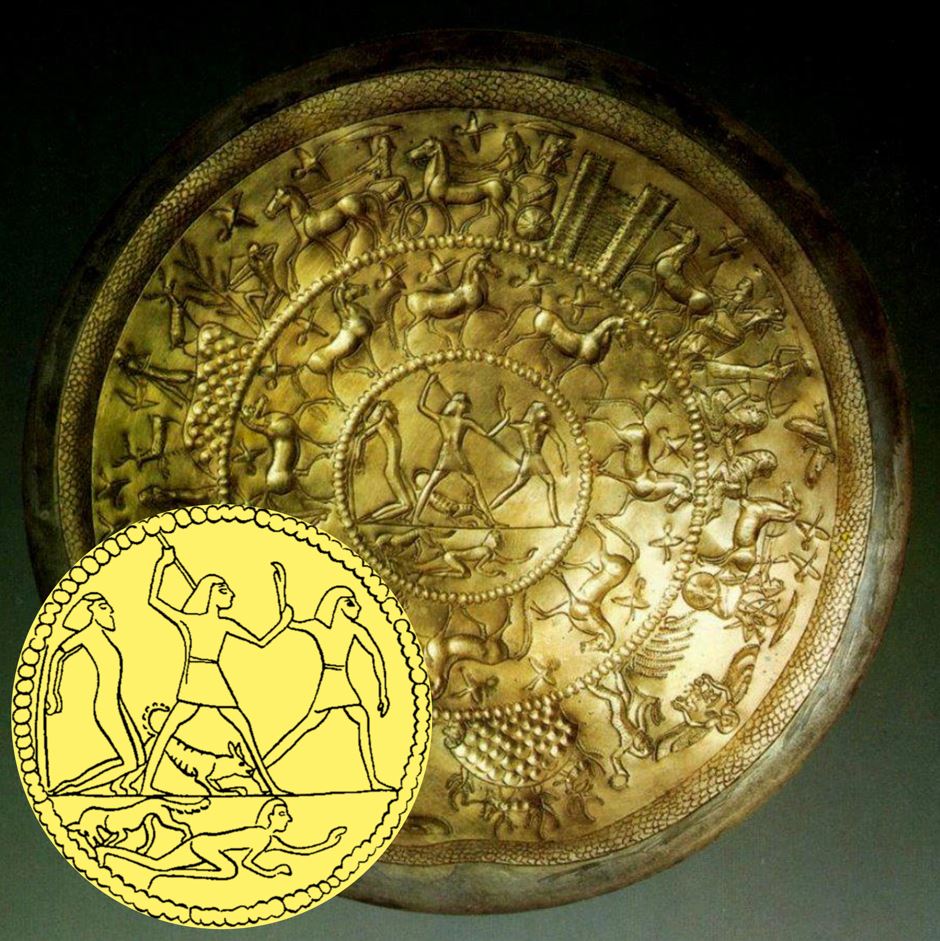
The predatory traits of the dog have been utilized since early times by employing it as a hunting dog. The various tasks (tracking, pursuing, chasing, cornering, killing, retrieving…) and the diversity of hunted animal species have led to a large number of specialized breeds. Although hunting with dogs is not directly mentioned in the Bible, archaeological evidence exists for most cultures of that time.
The excellent sense of smell of the dog was not only used for hunting prey but also to track humans (escaped prisoners and slaves, criminals, fleeing warriors). Gradually, it was discovered that the dog’s fine nose could be trained to sniff out almost anything that leaves a scent. The range of applications seems almost inexhaustible… Narcotics detection dogs find drugs for police and customs, even when well hidden. Explosives detection dogs alert security services and military units to hidden bombs, TNT packages, and mines. Some capabilities sound incredible. Accelerant detection dogs can recognize the smallest traces of accelerants (gasoline, alcohol, lighter fluid, solvents, etc.) – even two weeks after the fire (!) and have helped expose many arsonists.
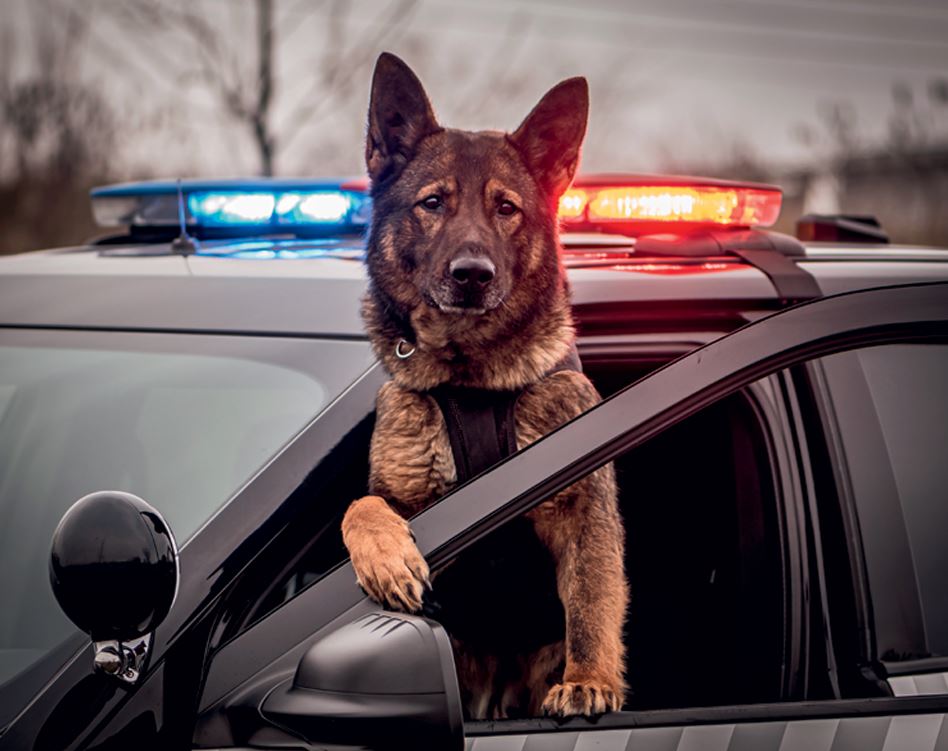
Mantrailing and rescue dogs can locate missing persons in open terrain or people buried in the rubble of earthquake zones or under snow avalanches. Leak detection dogs inspect oil, gas, and water pipelines for tightness on behalf of industrial and utility companies. In the service of ecologists, four-legged specialists mark tree trunks infested by the Asian longhorned beetle – a pest that has no place in Europe and should be eradicated. Truffle dogs guide their owners in the forest to coveted delicacies. Mold detection dogs, on the other hand, search buildings for extremely unwelcome fungi. While bedbug detection dogs are successful in locating the pesky parasites in hotels and passenger planes, the diversity of models among ‘listening bugs’ is unfortunately so vast that electronic detectors achieve better results here than ‘biosensors.’ Cash detection dogs are successful treasure hunters and focus entirely on paper money, while other colleagues – data carrier detection dogs – contribute to the fight against crime and corruption by detecting USB sticks, CDs, hard drives, SIM cards, and similar items. In the field of medicine, dogs can sniff out diabetes, epilepsy, and various types of cancer. Since 2020, specially trained COVID detection dogs have been deployed, capable of identifying infections with the SARS-CoV-2 virus with high accuracy. To the dismay of many dog owners, dogs often find odors interesting that are revolting and disgusting to the human nose.
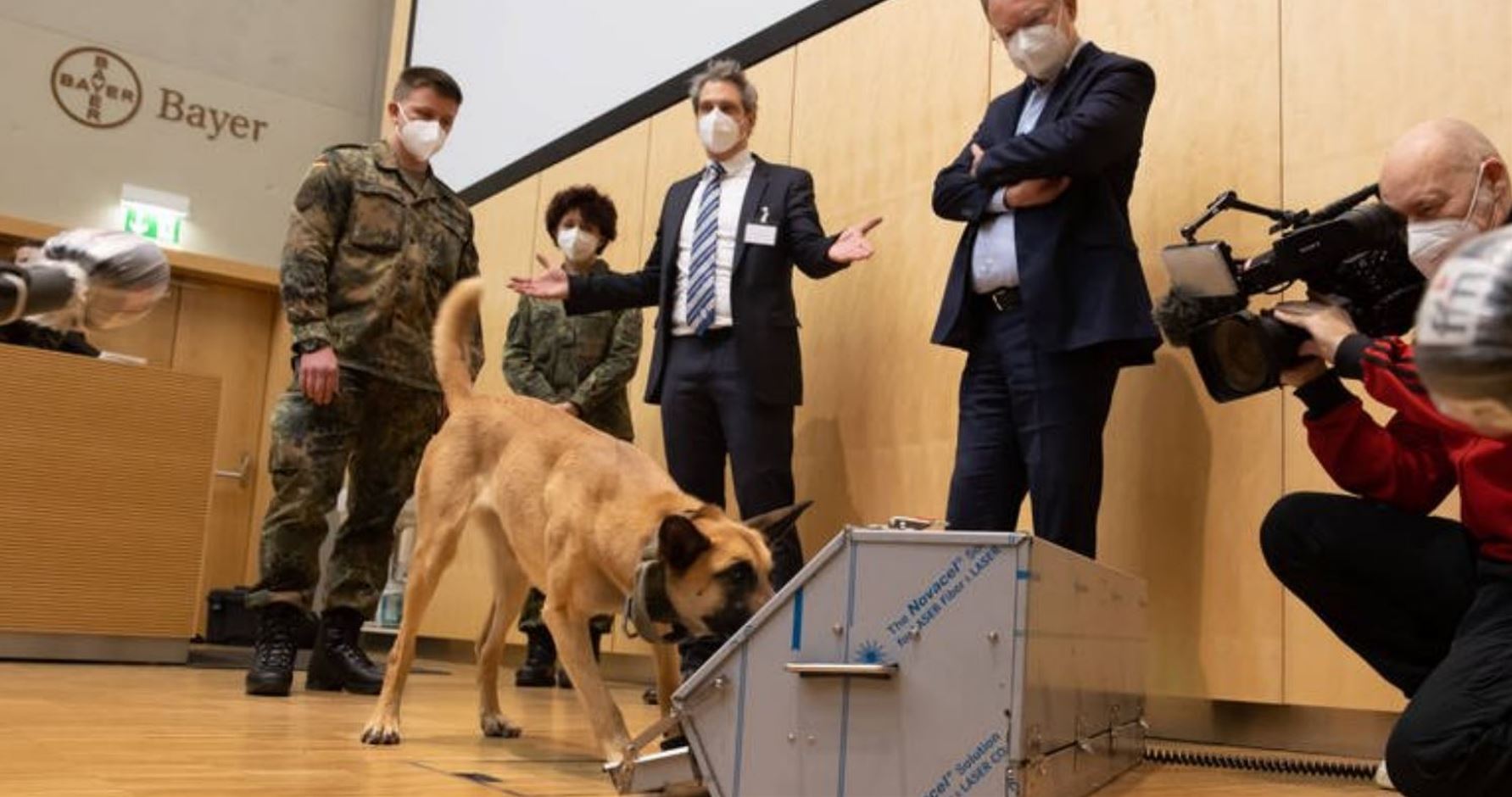
It is easy to understand why no symbol could more aptly represent impurity. Compared to a wild dog that loves to roll in its own feces, even hyenas are clean animals. Although domestic dogs – at least in Germany – are usually raised in hygienic environments and trained to suppress their natural instincts, these instincts remain latent. A dog eats whatever is in front of its snout. As waste disposers, they proved useful: “You are to be my holy people. So do not eat the meat of an animal torn by wild beasts; throw it to the dogs” (Ex 22:30). The Greek word for dirt, trash, or refuse is skybalon (Phil 3:8) and means “what is thrown to the dogs.” Carrion and rotten waste are digestible for them, and even the feces of grazing animals, wild animals, cats, humans, and other dogs are attractive and consumed. Dog owners should prevent this wherever possible, as it often poses a risk of infection from parasites and pathogens – but it cannot be completely untrained.
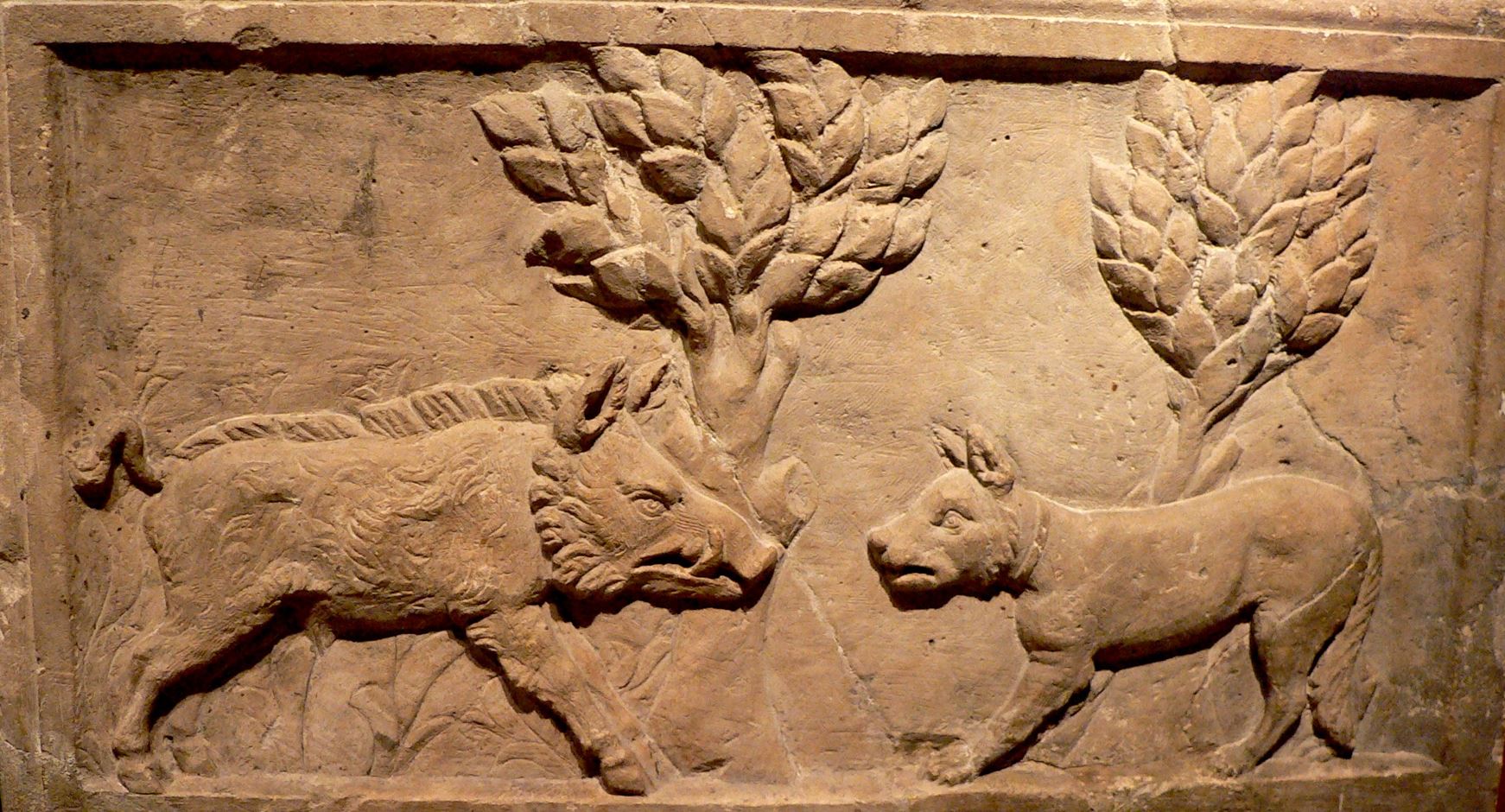
That dogs eat their own vomit is frequently observed and already described in the Bible: “The dog returns to its own vomit” (2Pet 2:22, quoting Prov 26:11). In this verse, false teachers who have come to know Christianity but turned away from it are compared to dogs. They return to what proved harmful and indigestible and reclaim it as their own. This matches human nature. Without true repentance and renewal through faith, a person will fall back into the things they had renounced and remain “unclean.” The term “dead dog” (1Sam 24:14; 2Sam 9:8; 16:9) appears multiple times as a symbol of utmost disdain. The concession “even a live dog is better off than a dead lion” (Eccl 9:4) would probably provide little comfort. No other animal in Hebrew is used to form such a truly derogatory insult, but rosch keleb (2Sam 3:8) – “dog’s head” – refers in context to a traitor. Additionally, male prostitutes (Deuteronomy 23:18) and wicked people in general (Ps 22:16; Isa 56:11; Mat 7:6; Phil 3:2; Rev 22:15) are referred to as dogs.
In Europe today, it is rare for stray dogs to form functional packs that systematically engage in group hunting. Drawings from Egypt suggest that the African wild dog (Lycaon pictus) was once found north of the Sahara, and the term “wild dogs” (Hebrew: i, Isa 13:22; 34:14; Jer 50:39) may refer to this species. This species provides a good model for studying typical dog hunting behavior – one of the bloodiest spectacles of the savanna. Because their jaws and claws are too weak to quickly and effectively kill larger animals, they surround their prey and repeatedly bite wherever the body is exposed. Bleeding from many wounds, the animal eventually collapses, one dog bites into its nose and pulls it down completely, while the others tear open the belly and drag out the entrails. The dying struggle of the wounded prey often continues. One must keep this gruesome image in mind when people are compared to wild dogs, as in this verse that prophetically speaks of the Lord Jesus’ suffering: “Like a pack of dogs my enemies have surrounded me. A gang of evildoers has encircled me. They have pierced my hands and feet” (Ps 22:16).
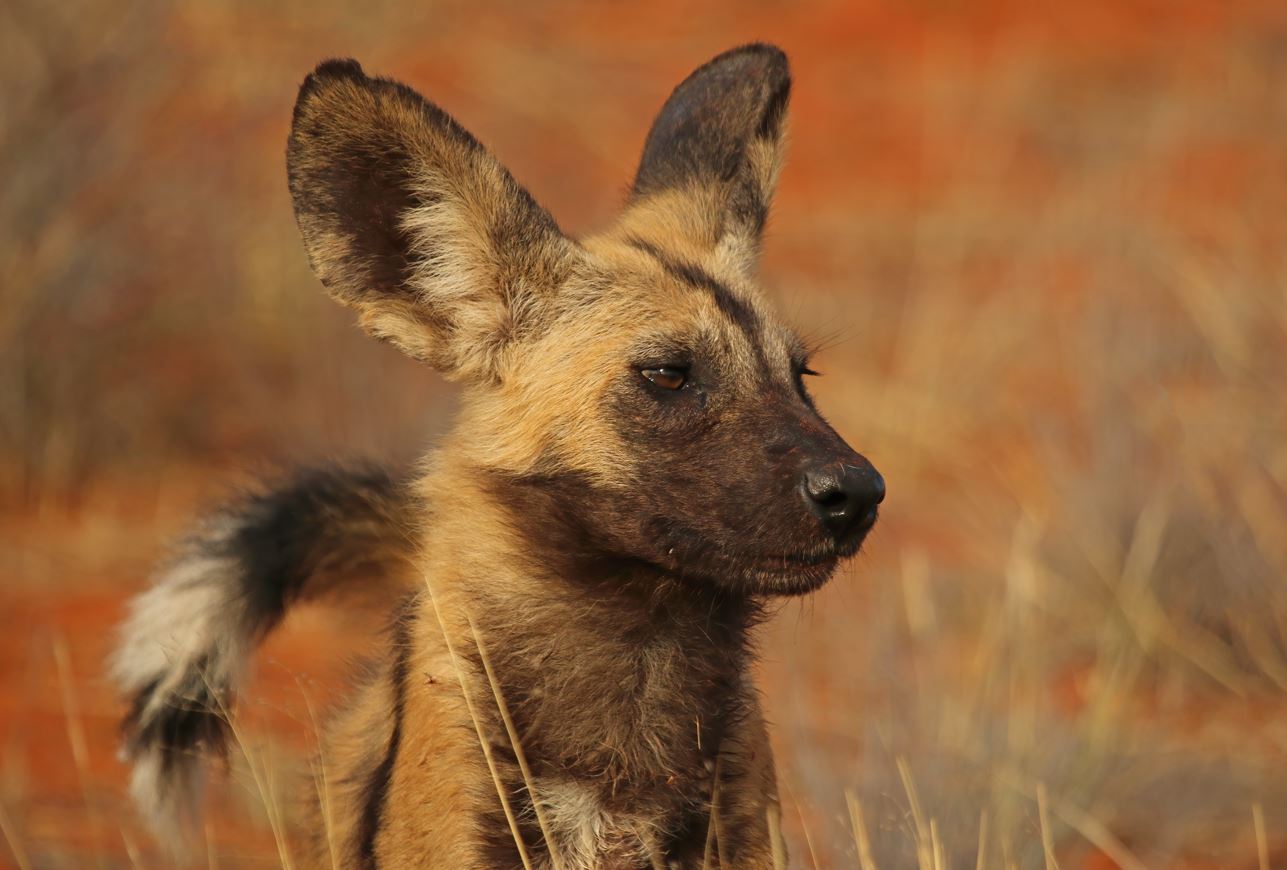
Although domestic dogs perform poorly in classic cognition tests and are therefore not considered exceptionally intelligent, they possess remarkable social sensitivity and quickly grasp daily routines, rules, relationships, and moods within their “pack.” Their natural behavior – to accept and protect all group members and to submit unconditionally to those of higher rank – is consistently transferred to their human “superiors” and those they recognize as part of their circle. This is the dog’s great “plus” and is universally acknowledged. Even in Jewish culture, where dogs – as we’ve seen – have an exceptionally poor reputation, they bear the name keleb, which etymologically derives from kol-leb, meaning “whole heart.” In terms of unconditional loyalty and submission, the dog is a role model for us.
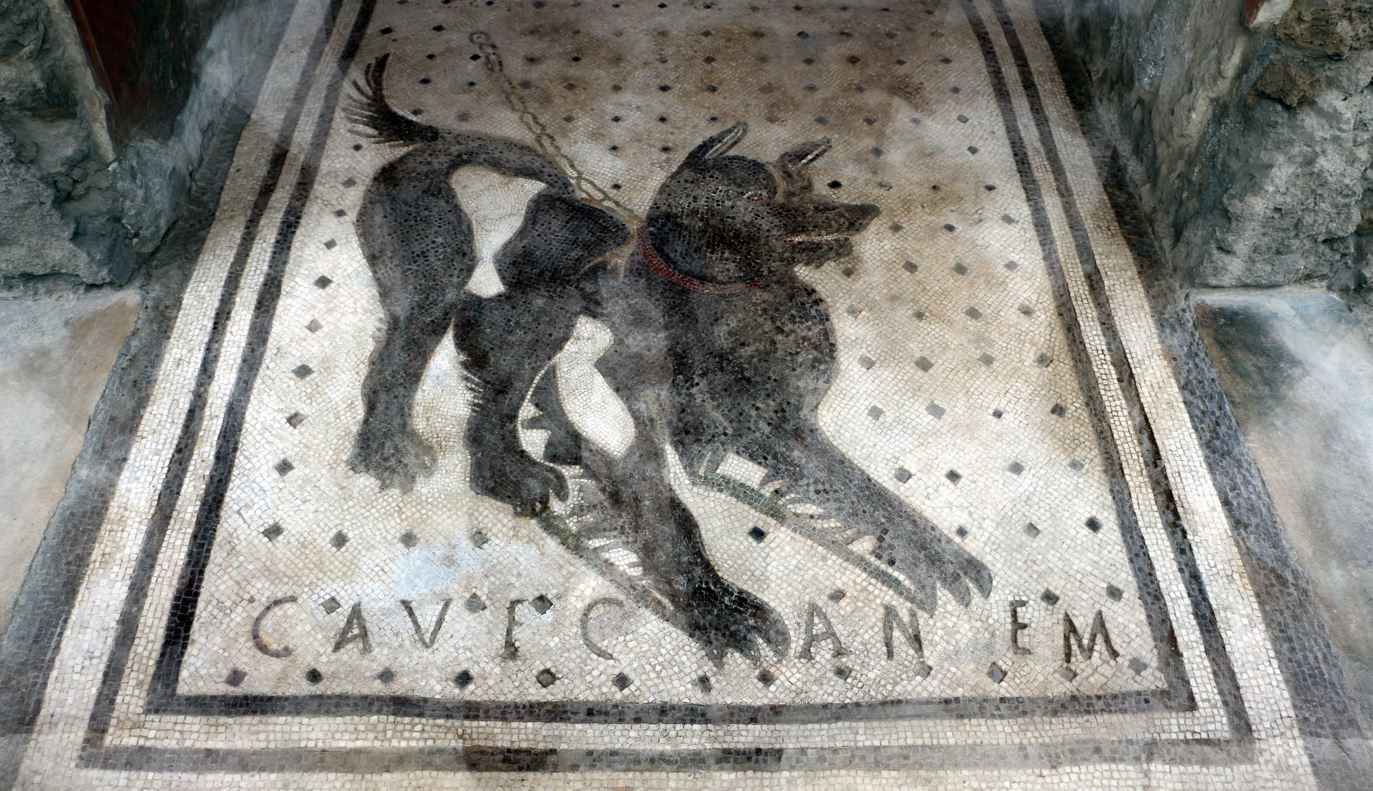
One of Israel’s great heroes bears this honorable name and receives high praise from God: “But my servant Caleb – because he has a different spirit and has followed me fully – I will bring into the land into which he went, and his descendants shall possess it” (Num 14:24; cf. Num 32:12; Deut 1:36; Jos 14:9.14). Caleb is “Mr. Whole-Heart,” and “fully followed” means being wholeheartedly committed. This expression is repeatedly used when the kings of Judah are compared with David, the prototype, a “man after God’s own heart” (Acts 13:22). We too will be measured by God against the model and standard of the true David, the Lord Jesus. To what extent have we resembled Him? To what extent have we listened to Him, who taught: “You shall love the Lord your God with all your heart and with all your soul and with all your mind. This is the great and first commandment” (Mat 22:37.38)?
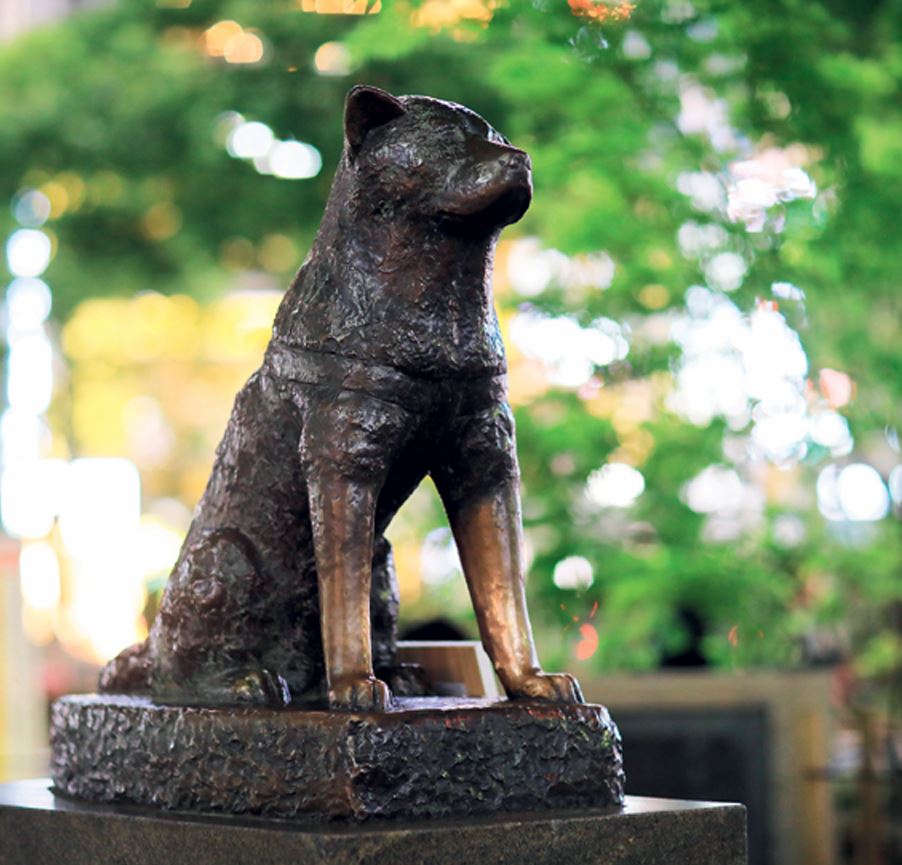
Sources:
Arnu, T: Gassi fahren – Hunde im Kinderwagen. Süddeutsche Zeitung, 26. November 2020; https://www.sueddeutsche.de/panorama/hund-kinderwagen-hunde-buggy-1.5127765
Bergström, A; Stanton, DWG; Taron, UH: Grey wolf genomic history reveals a dual ancestry of dogs. Nature 2022; 607:313-320; doi: 10.1038/s41586-022-04824-9
Bettwanzen-Stiftung: Guidelines for the use of Scent Detection Dogs in Bed Bug Management; https://bedbugfoundation.org/wp-content/uploads/fileuploads/DogCoP-UK.pdf
Brassel, R: Leichtgewichte aus dem Nahen Osten. wissenschaft.de, 24. Februar 2010; https://www.wissenschaft.de/erde-umwelt/leichtgewichte-aus-dem-nahen-osten
Braun, A; Nording, W: Wie Hunde Corona-Infizierte am Geruch erkennen. SWR Wissen 10.02.2021; https://www.swr.de/wissen/hunde-sollen-corona-erschnueffeln-102.html
Ferrando, E; Dahl, CD: An investigation on the olfactory capabilities of domestic dogs (Canis lupus familiaris). Animal Cognition 2022); doi: 10.1007/s10071-022-01640-6
Frenchiestore (Internetseite über die Zucht Französischer Bulldoggen), aufgerufen am 31.10.2023; https://de.frenchiestore.com/Blogs/frenchie-blog/die-frenchie-z%C3%BCchten
Grabe, H: Anbeten (über den Ursprung des griechischen Wortes proskyneo). Kalender: Leben ist mehr 2024; Beitrag vom 12.11.2023; https://www.lebenistmehr.de/leben-ist-mehr.html?datum=12.11.2023
Gray, MM; Sutter, NB ; Ostrander, EA: The IGF1 small dog haplotype is derived from Middle Eastern grey wolves. BMC Biology 2010; 8:16; doi: 10.1186/1741-7007-8-16
Greife, L: Gras, Kot, Erbrochenes: Warum fressen Hunde einfach alles? Deine Tierwelt Magazin 07.01.2021; https://www.deine-tierwelt.de/magazin/gras-kot-erbrochenes-warum-fressen-hunde-einfach-alles
Ketschau, A: Das kleine Schnüffelbuch. Books on Demand, 2000; ISBN 9783751909648
Meller, S; Caraguel, C; Twele, F: Canine olfactory detection of SARS-CoV-2-infected humans – a systematic review. Annals of Epidemiology 2023; 85:68–85; doi: 10.1016/j.annepidem.2023.05.002
Siniscalchi, M; d’Ingeo, S; Fornelli, S: Are dogs red–green colour blind? Royal Society open science 2017; 4: 170869; doi: 10.1098/rsos.170869
Szczerbal, I; Nowacka-Woszuk, J; Nizanski, W: Disorders of sex development are an emerging problem in French bulldogs: A description of six new cases and a review of the literature. Sexual Development 2020; 13(4):205-211; doi: 10.1159/000506582
Tierschutz-Hundeverordnung; vom 02.05.2001; https://www.gesetze-im-nternet.de/tierschhuv/TierSchHuV.pdf
Zooroyal: Berühmte Hunde und ihre Denkmäler. https://www.zooroyal.de/magazin/hunde/beruehmte-hunde; abgerufen am 29.11.2023
Image Credits:
Wikipedia: dogs chasing enemies / Sailko // relief with hunting dog and wild boar / BS Thurner Hof // African wild dog / Charles J. Sharp // beware of dog / Sailko
other licenses: resting hunting dog / shutterstock ID_1990126163 / mveldhuizen // French bulldog on sofa / shutterstock ID_2126782562 / Kanyshev Andrey // pedigree dogs / shutterstock ID_790772746 / Kuznetsov Alexey // cooperation experiment dog-wolf / Stephan Reber // police dog in police vehicle / shutterstock ID_2104116728 / K9 and photography // memorial for Hachiko / shutterstock ID_1817390264 / eakkarat rangram

